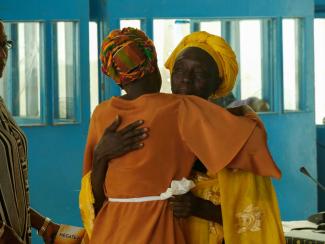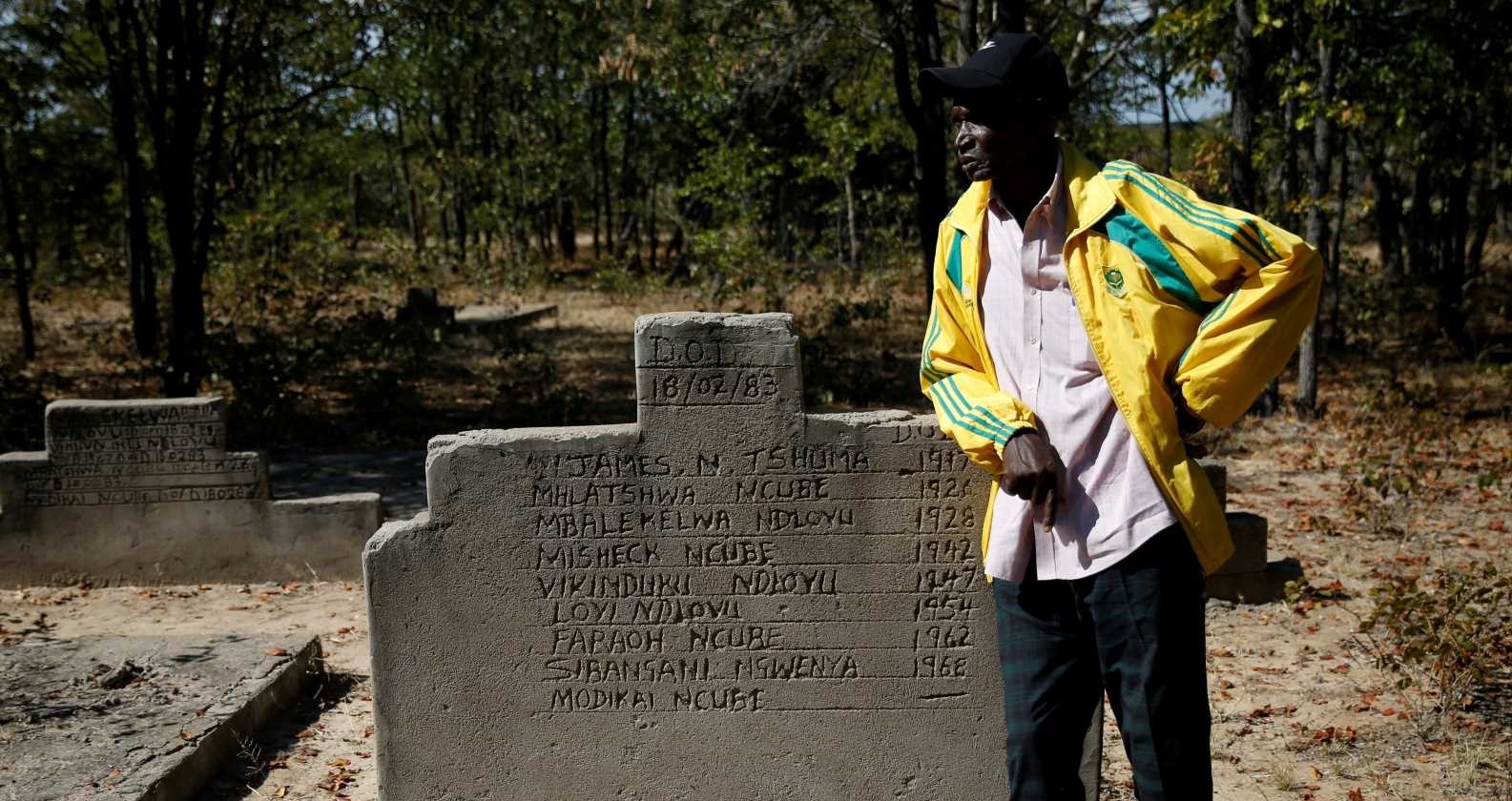Gambia’s TRRC
How Gambia’s truth commission made an impact

Previous commissions, for example, had often excluded entire population groups from the proceedings. The pattern was that commissions secluded themselves. To some extent, they did not consider public involvement necessary or useful. In other cases, they lacked the means for facilitating more public participation.
In Gambia, the TRRC wanted the people to be involved. Every interested individual was supposed to see, hear and learn exactly what happened in the past. Victims could publicly name and shame their tormentors, and perpetrators could publicly confess their roles in the crimes. The goal was to minimise the scope anyone would have in future to deny that human-rights violations ever occurred.
In most previous cases, the members of truth commissions had done most of the work themselves, with some technical support from a secretariat and perhaps a few professionals. Commissioners were typically overwhelmed by their workload, which included investigations, hearing witnesses, documenting results et cetera. That often made them less effective than they might have been.
Two-pronged approach
Aware of these challenges, Gambia’s TRRC was built on the twin principles of inclusivity and transparency. Inclusivity meant that specialised units of the secretariat were involved in victim support and outreach activities. In what was called the “Never Again” campaign, they engaged communities across the country. The point of the campaign was to engage the Gambian people in a conversation on what happened, how it happened, why it happened and how best to prevent its recurrence. During that time, many victims’ organisations sprung up. They became involved in the TRRC hearings, outreach activities and, crucially, advocacy for justice for victims. These organisations are still active. In terms of transparency, the commission ensured that its events – public hearings and site visits – were not only broadcast live on TV and radio, but also streamed on social-media platforms. Anyone interested could follow and know exactly what was going on.
The results are encouraging (see main essay). Accordingly, many experts now consider the Gambian TRRC an example of best practice.
Baba G. Jallow is the former executive secretary of the Gambian Truth, Reconciliation and Reparations Commission (TRRC).
gallehb@gmail.com










